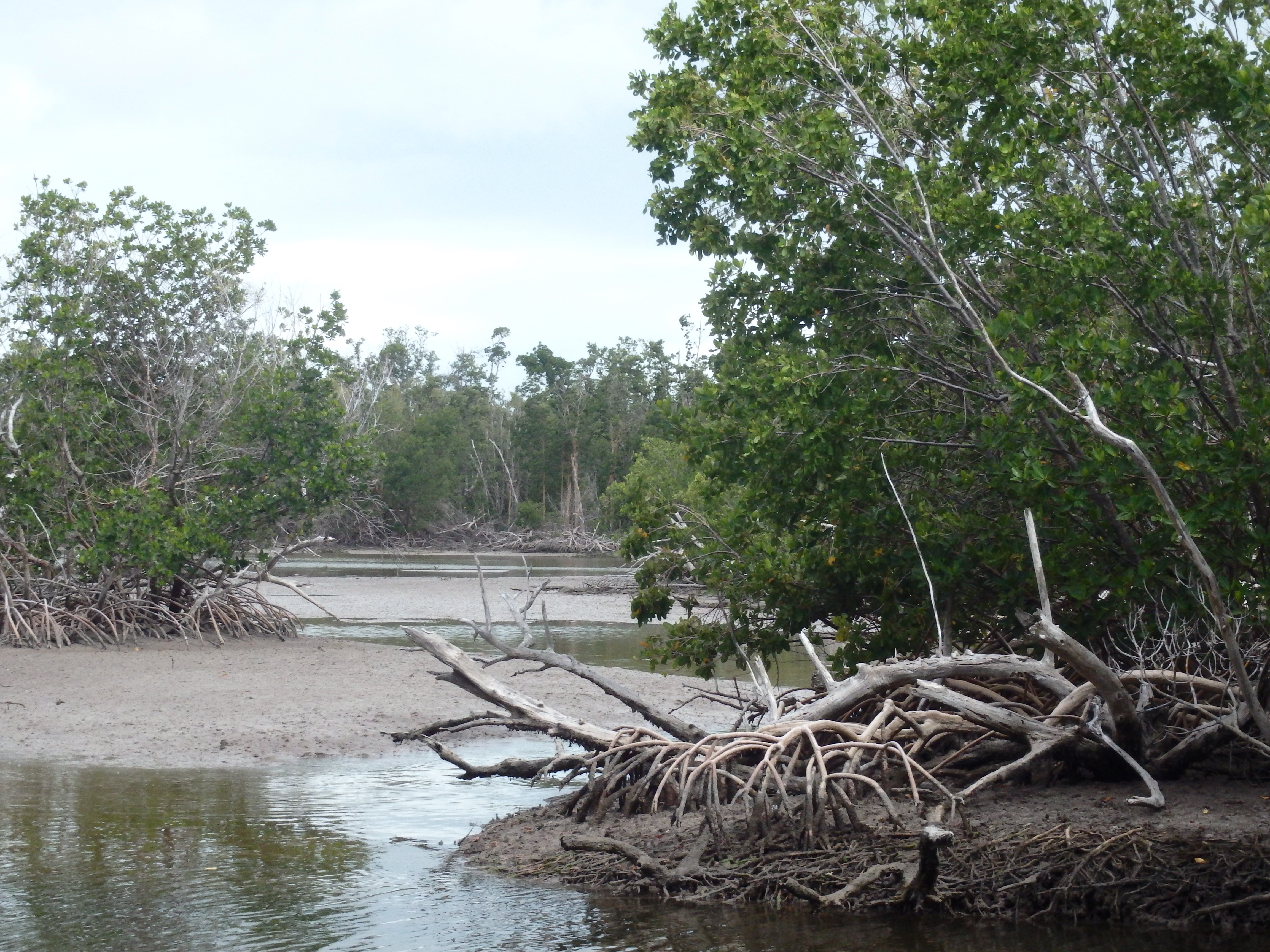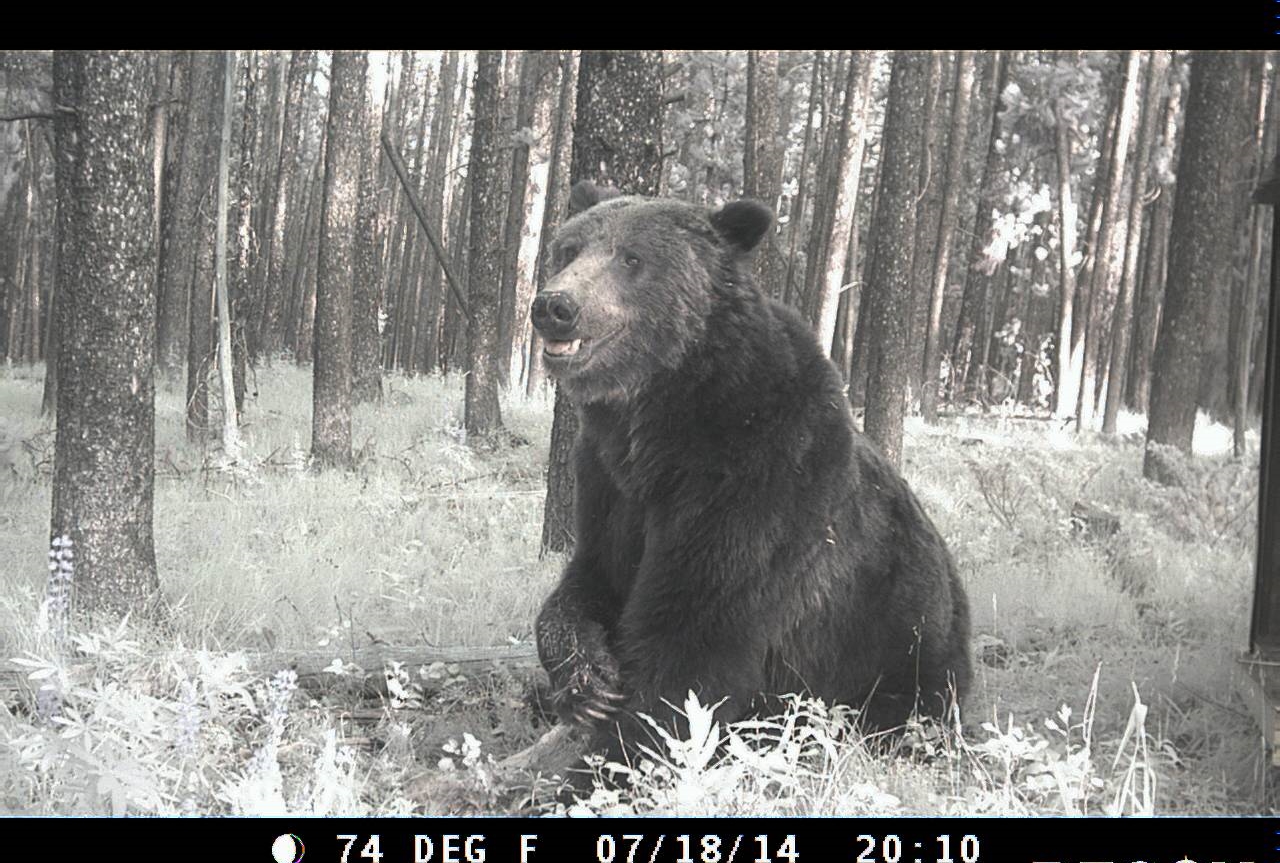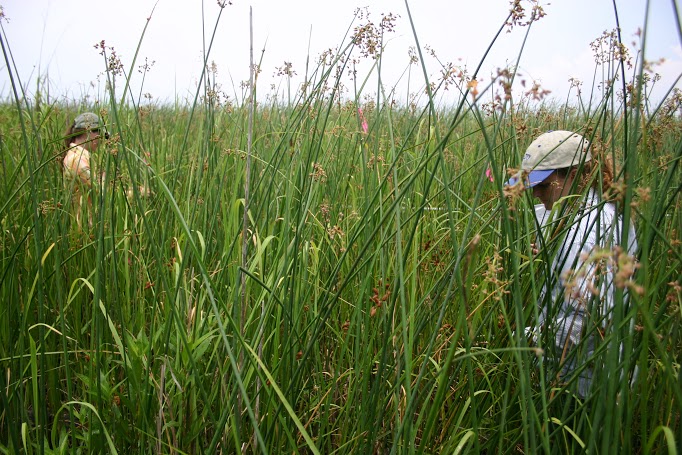USGS scientist named Ecological Society of America president
Jill Baron takes up the chair of ESA’s governing board, which lays out the vision for overall goals and objectives for the Society.

103rd Annual Meeting of the Ecological Society of America: Extreme events, ecosystem resilience and human well-being 5–10 August 2018 July 13, 2018 For Immediate Release Contact: Zoe Gentes, 202-833-8773 ext. 211, gro.asenull@setnegz Over one-third of Earth’s population lives with 100 km of a coastline and depend on the services that coastal ecosystems provide. With the intensity and impact of hurricanes…
Read More
Montana scientists project pathways to wider mating pools in the Northern Rockies, based on characteristic movements of male bears
Read More
Public release of a 20-year collaborative effort to devise a unified and consistent national reporting system for plant communities opens new avenues for broad-scale and long-term analyses of landscape change. FOR IMMEDIATE RELEASE: Tuesday, 23 February 2016 Contact: Liza Lester, 202-833-8773 ext. 211, gro.asenull@retseLL The U.S. National Vegetation Classification (USNVC), a reporting standard organized around ecological principles for the…
Read MoreJill Baron takes up the chair of ESA’s governing board, which lays out the vision for overall goals and objectives for the Society.